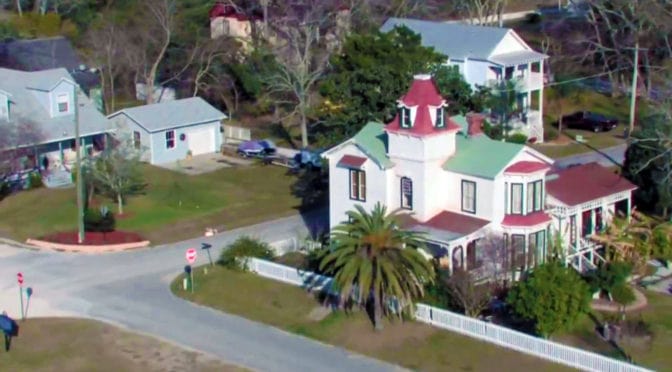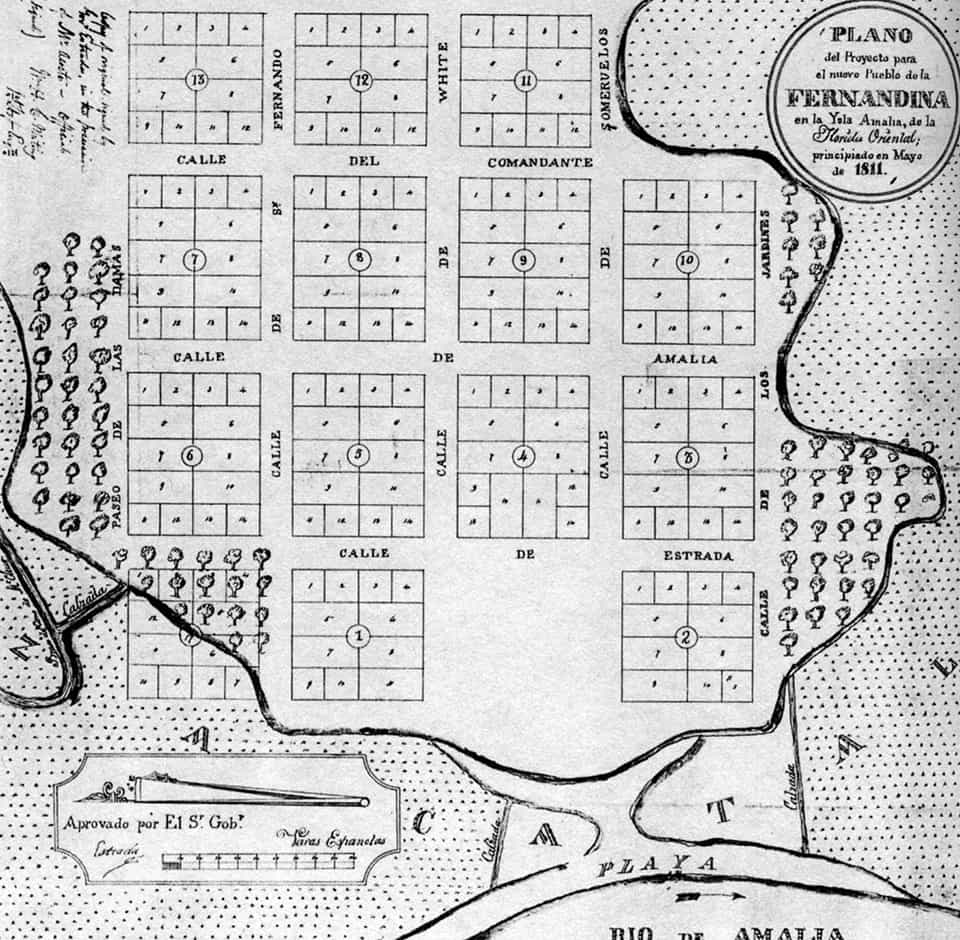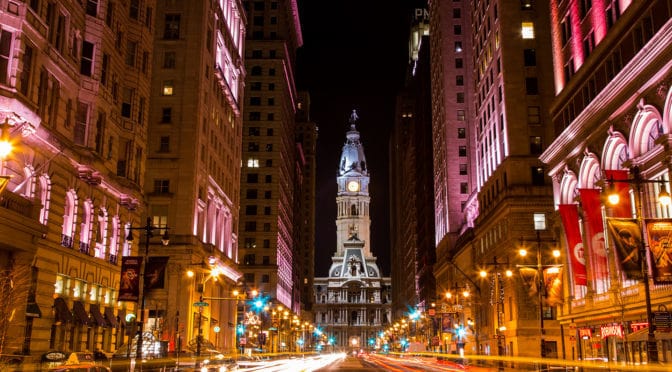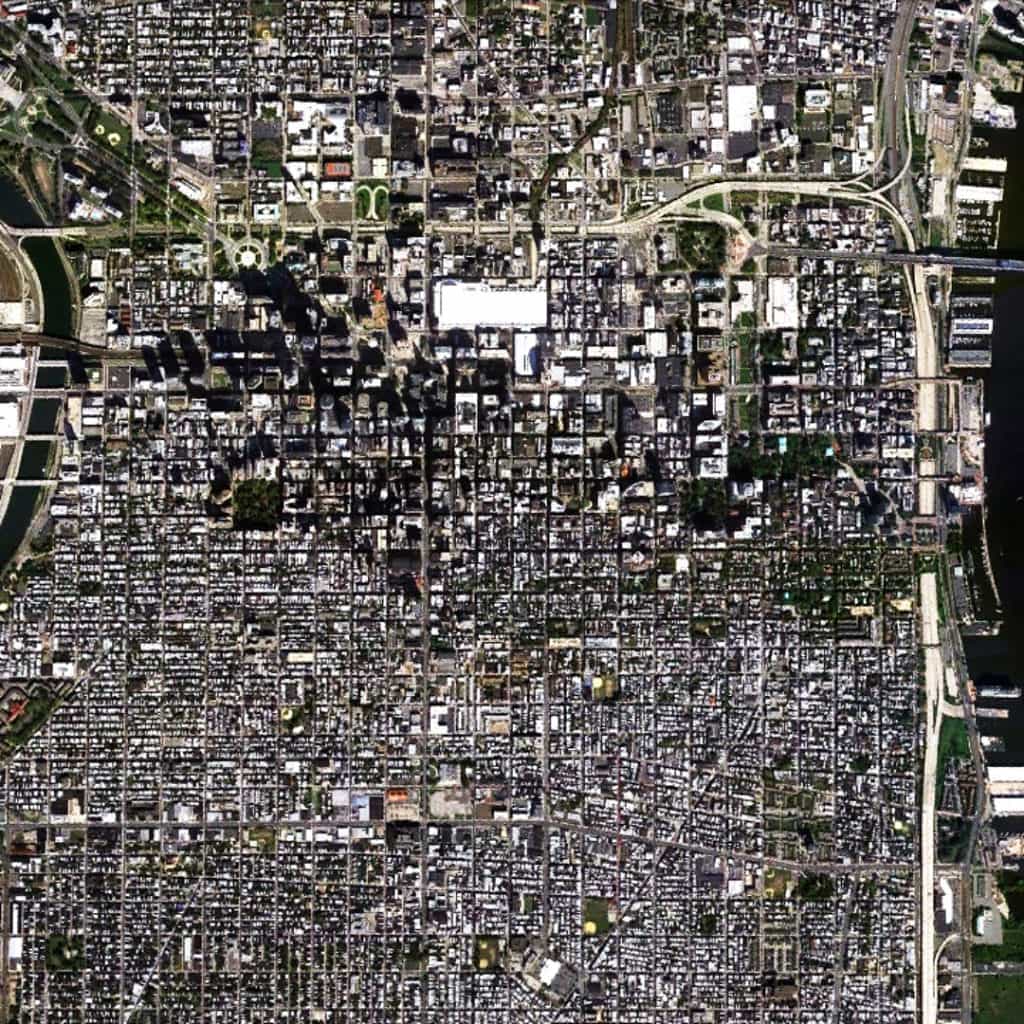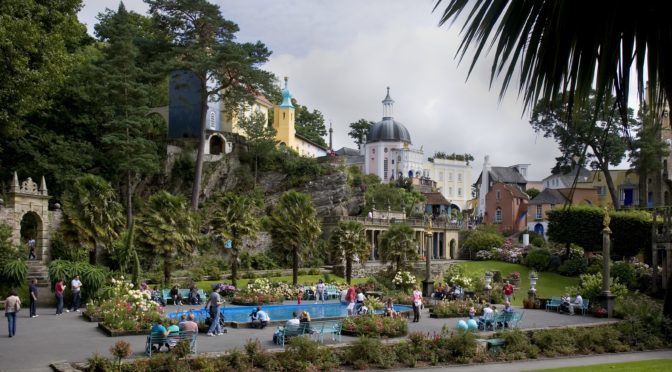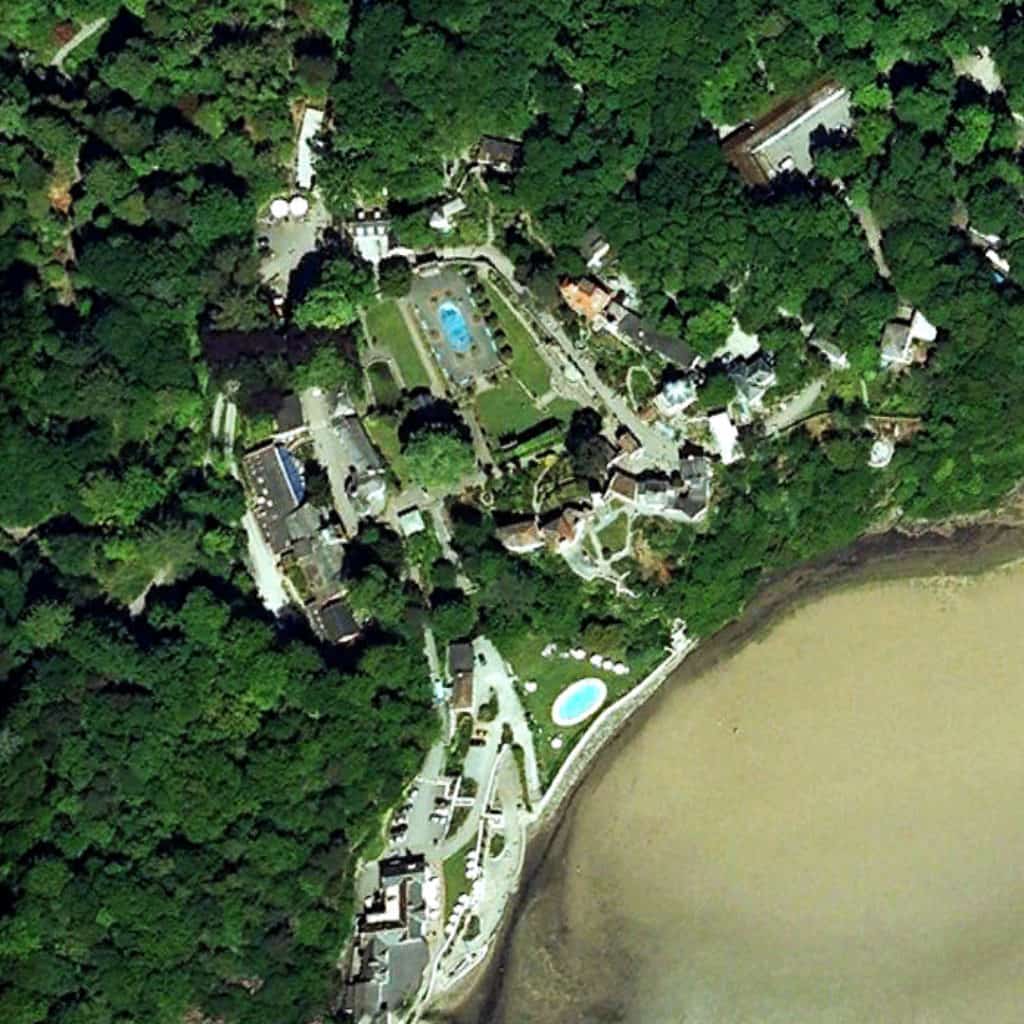COMING IN APRIL 2013! POOR RICHARD, AN ALMANAC FOR ARCHITECTS AND PLANNERS BY MARK DAVID MAJOR, AICP
A high-resolution preview of the front cover is below.
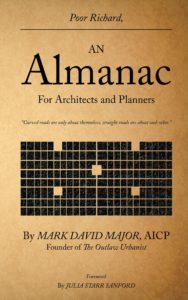
The witticisms and sayings of Poor Richard are organized by calendar weeks, one generic theme per week, and a single saying for each day of the week – plus one for “years in the state of leaping” – adding up to a full calendar year. Each week of the calendar week is accompanied by a high contrast, black and white illustration designed or selected to get people thinking differently about cities. A high-resolution preview of “On Cities” for pages 86-87 with an accompanying illustration (inverted detail of the Nolli map of Rome presenting civic space in black and blocks in white) is below.
“On Cities” for the 34th Week in the Calendar Year on pages 86-86. Click on the image to see a high resolution version.
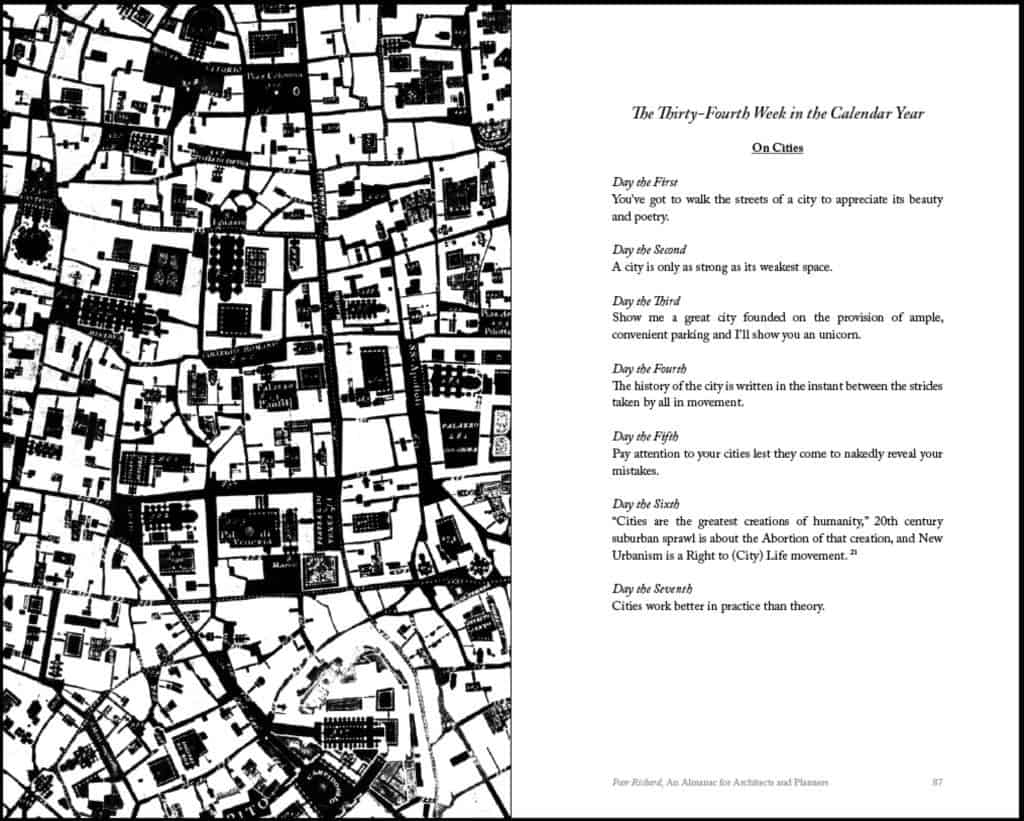
Poor Richard, An Almanac for Architects and Planners also includes a foreword by Julia Starr Sanford, a preface from the author, an Introduction incorporating the “Declaration of Planning Independence” previously published on The Outlaw Urbanist, bibliography and illustration credits, and an Afterword featuring The Outlaw Urbanist manifesto.
Poor Richard, An Almanac for Architects and Planners by Mark David Major, AICP, Foreword by Julia Starr Sanford, Forum Books, an Imprint of Carousel Productions, 136 pages, 5.0″ x 8″, $9.99 (in print); also available in eBook, format and price TBD.

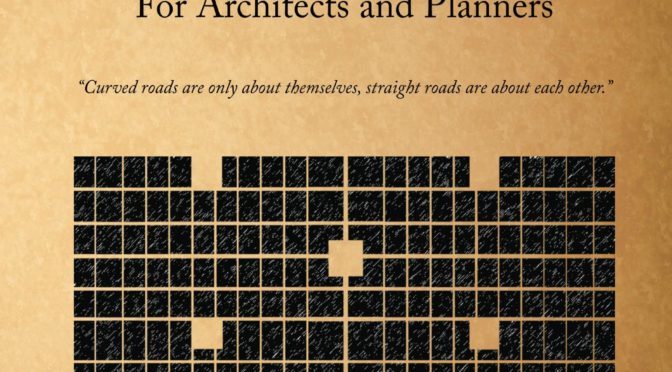
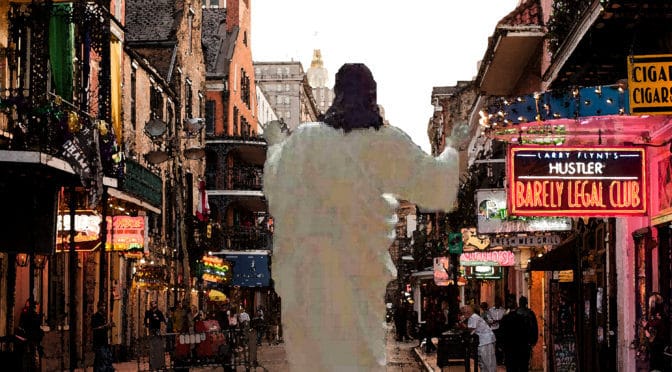
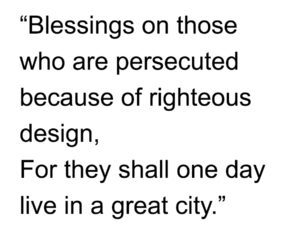 Blessings on the placemakers,
Blessings on the placemakers,